Structural Audit Definition
Important Point
A structure Audit Definition can be defined as a very important approach to understanding the distress level or condition of any existing civil engineering structure or a building.
The initially specialized technique used to inspect a building or a civil engineering structure to evaluate its general health is known as Structural Audit.
Doing a Structural Audit of a building can save us from disastrous consequences such as poor structural integrity of a building and insufficient fire safety of a civil engineering structure.
Structural Audit can ensure that the industrial and commercial buildings are safe as per the relevant codes and prevent any danger from befalling to the life and health of the residents and employees of the Structural Audited buildings.
As doctors examine a patient in order to understand its health condition, Structural Audit is done on a building in order to know it’s an overall health condition and performance check of a civil engineering structure.
From the reports we get by doing a structural audit of a building, we can analyse the problems and condition of that building and suggests appropriate repairs in order for the building to perform better in its service life.
Structural Audit of Residential Building
Any residential building whose life has exceeded the age of 30 years Structural Audit is done on that building.
Structural Audit of a residential building is needed in order for maintenance and repairs of an existing residential building for prolonging its life.
Structural Audit of a residential building should highlight all critically damaged areas of that building and recommend immediate repair and preventive measures.
Structural Audit of a residential building should investigate the poor structural integrity of the existing frames and find the defects and critical elements of different types of loadings.
Structural Audit of a residential building can help provide a strong residential building structure with cost-effective solutions for repairing damaged parts and appropriate maintenance program for increasing the longevity of the residential building.
Structural Audit of a residential building will implement timely repair work which leads to prolonged life of the building, which will give safety to the residents living in that building.
In India, there are many old residential buildings which are losing strength due course of time. In order to prevent them from falling down the Structural Audit of those residential building should be done.
Why Structural Audit?
Structural Audit is done in a building in order to verify the load conditions of that civil engineering structure.
Structural Audit is done in a building in order to evaluate the structural system like frame structure of a building.
Structural Audit is done in a building in order to find defects in the structure, damage to the building surface, deformation of the frame structure.
Structural Audit is done in a building in order to check the plan and alignment of that building.
Structural Audit is done in a building in order to assess the maintenance cost due to exposure to an aggressive environment.
Structural Audit is done in a building in order to check the fire safety issue of that building.
Structural Audit is done in a building in order to check the electrical wiring safety of that building.
Structural Audit is done in a building in order to ensure safe working facilities and prevent loss of life or injury of the employers.
Structural Audit is done in a building in order to comply with the structural requirements as per the relevant codes.
Structural Audit is done in a building in order to prevent interruption of the supply chain by gaining accurate knowledge of the safety of the supply chain.
Need of Structural Audit
Structural Audit is needed to recognize and identify the different types of structural defects that may occur in a civil engineering structure.
Structural Audit is needed to identify any signs of material deterioration due to extreme weather conditions or ravages of time.
Structural Audit is needed to find any signs of structural distress and deformation of the civil engineering structure due to unequal distribution of load.
Structural Audit is needed to identify problems that may occur due to alteration and addition of materials or parts in the structure. If a structural audit is not done while modification, it may result in overloading, and finally, the building will collapse due to its own weight.
When to do Structural Audit?
Structural Audit is done according to the model bye-law no. 77 for co-operative housing societies.
A structural audit is mandatory for any residential building if the age of that building is between15 to 30 years.
A structural audit must be carried out at an interval of five years if the building is between 15 to 30 years old.
If a building is older than 30 years, a structural audit should be carried out once in three years.
Structural Audit is also done when cracks are visible on the frame structure or surface of the newly constructed building.
Defects may have occurred while construction of the building or uneven load distribution to the pillars may cause the building to collapse. This can be prevented by doing a structural audit of that building.
Also, Read: Fish Ladder | What Is Fish Ladder | Types of Fish Ladder | Fish Ladders in Dams
Structure Audit Definition
Structural Audit is an overall health and performance checkup of a building like a doctor examines a patient. It ensures that the building and its premises are safe and have no risk.
It analyses and suggests appropriate repairs and retrofitting measures required for the buildings to perform better in its service life.
When to Do Structural Audit?
It is advisable to carry out a structural audit of any building at least once in five years; and for buildings ageing more than 30 years, a structural audit should be carried once in 3 years.
Structural Audit
Structural audits include a comprehensive check of buildings and premises, including: Verification of Load Conditions. Evaluation of the Structural System of the Building. Detection of Structural Defects, Damages, Distress, Deformation or Deterioration. Plan and Alignment Check.
Bmc Rules for Structural Audit
On receipt of the said BMC notice u/s 353-B, the building Owner /Society, must mandatorily conduct the “Structural Audit”, of the building, within 30 days AND mandatorily submit such “Structural Audit Report”, to the BMC office, consequent to which IT shall be the mandatory duty of Municipal Engineer to scrutinize the …
Structural Audit Checklist
- Verification of Load Conditions.
- Evaluation of the Structural System of the Building.
- Detection of Structural Defects, Damages, Distress, Deformation or Deterioration.
- Plan and Alignment Check.
- Assessing Maintenance and Exposure to Aggressive Environment.
- Other Structural Surveys and Checks.
State Any Four Points Due to Which Structural Audit Is Necessary
Structural audit is necessary for a variety of reasons, including:
- Safety: A structural audit is necessary to ensure the safety of a building, especially if it is an older building or has experienced damage due to natural disasters or other events. The audit can identify any potential structural issues that may compromise the safety of the building or its occupants.
- Maintenance: A structural audit can identify areas that require maintenance, such as cracks or corrosion. Identifying these issues early can help prevent more extensive damage and costly repairs in the future.
- Compliance: A structural audit can help ensure that a building is compliant with building codes and regulations. It can identify any issues that need to be addressed to bring the building up to code.
- Legal requirements: In some cases, a structural audit may be required by law, such as when a building undergoes a change in ownership or when there is a change in building use. A structural audit can ensure that the building is in compliance with any legal requirements.
Importance of structural audit
Structural Audit is an overall health and performance checkup of a building like a doctor examines a patient. It ensures that the building and its premises are safe and have no risk. It analyses and suggests appropriate repairs and retrofitting measures required for the buildings to perform better in its service life.
Limitations of Structural Audit
There are several limitations of structural audit, including:
- Limited scope: A structural audit typically only examines the structural integrity of a building and may not include a detailed examination of other systems such as plumbing, electrical, or HVAC. This can limit the overall assessment of the building’s condition.
- Visual inspection only: A structural audit is typically a visual inspection, which means that some issues may not be visible or easily identified. For example, internal damage or deterioration may not be apparent without invasive testing or analysis.
- Limited liability: The structural engineer conducting the audit may have limited liability for any issues that are identified. This can make it challenging for building owners to hold anyone accountable for any problems that arise after the audit is completed.
- Cost: A structural audit can be expensive, especially if extensive testing or analysis is required. This cost can make it challenging for some building owners to conduct regular audits, which can lead to safety or compliance issues over time.
- Limited lifespan: A structural audit is a snapshot of a building’s condition at a specific point in time. As such, it may not be an accurate reflection of the building’s condition over time. Regular audits may be necessary to maintain an accurate assessment of a building’s structural integrity.
Structural Audit of Residential Building
It is done to check the overall health and performance check-up of a building. For a 15 to 30 years old building, the structural audit must be conducted once every 5 years. For buildings beyond 30 years, the structural audit must be conducted once every 3 years.
Who Can Do Structural Audit?
QIMA structural audits are carried out by an experienced and licensed structural civil engineers. A typical Profile Auditor has over 5 years experience in the relevant field, including design and construction supervision.
Illustrate the Steps Involved While Performing Structural Audit
Structural audit involves through examination of the building which involves: Noting all visible defects , highlighting critical area of defects. Diagnosis of damage. Carrying out necessary NDT, Suggesting remedial measures.
Like this post? Share it with your friends!
Suggested Read –
- Residential Building Definition
- Difference Between Marble and Granite | What Is Marble and How Is It Made | What Is Granite and How Is It Made
- What Are Walls | What Is Interior Walls | Types of Interior Wall Materials | Types of Wall Construction | Types of Load Bearing Wall
- Building Layout | How to Building Layout | What Is Method of Layout of Building | Control Lines of Construction | Construction Layout
- Emulsion Paint Vs Oil Based Paint | Purpose of Providing Paints | Properties of Good Paint | Properties of Good Paint | What Is Oil Based Paint
- Difference Between Sketching and Drawing | What Are Conceptual Sketches | Architecture Concept Drawing | Types of Drawings for Building Design
- Definition of Shear Force and Bending Moment | What Is Shear Force | What Is Bending Moment | Relation Between Loading, Shear Force & Bending Moment
Originally posted 2023-04-14 18:00:32.
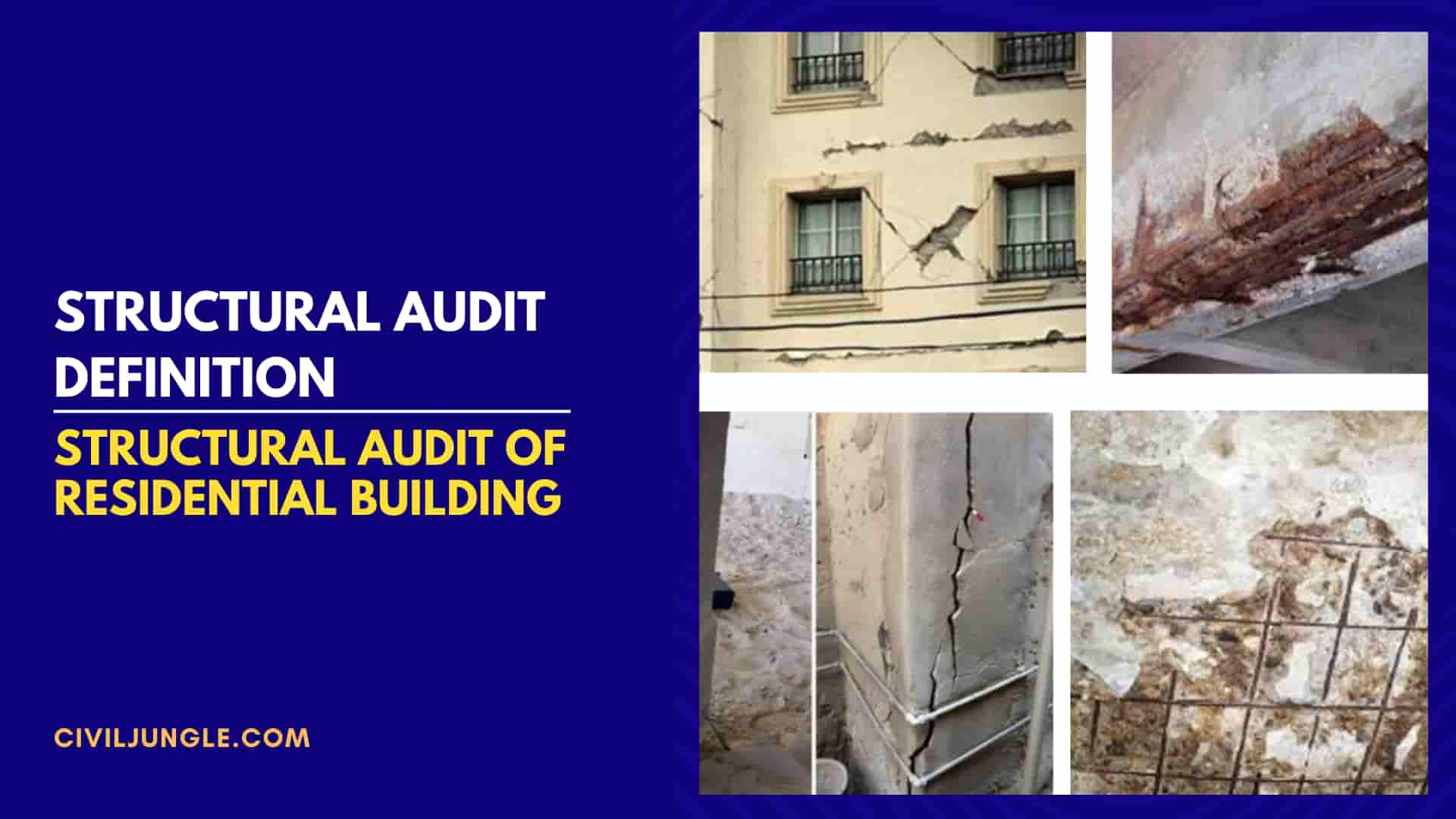
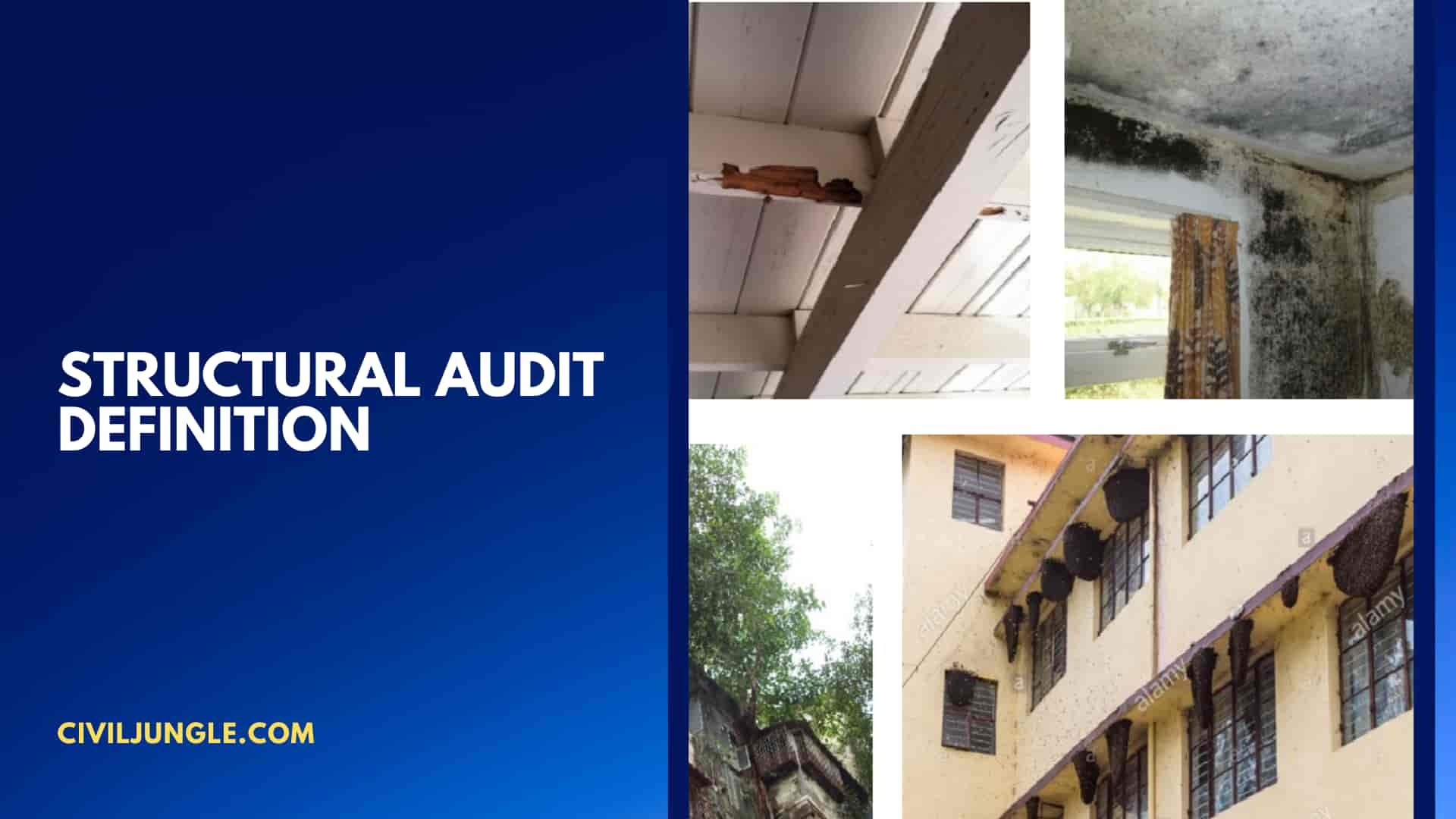
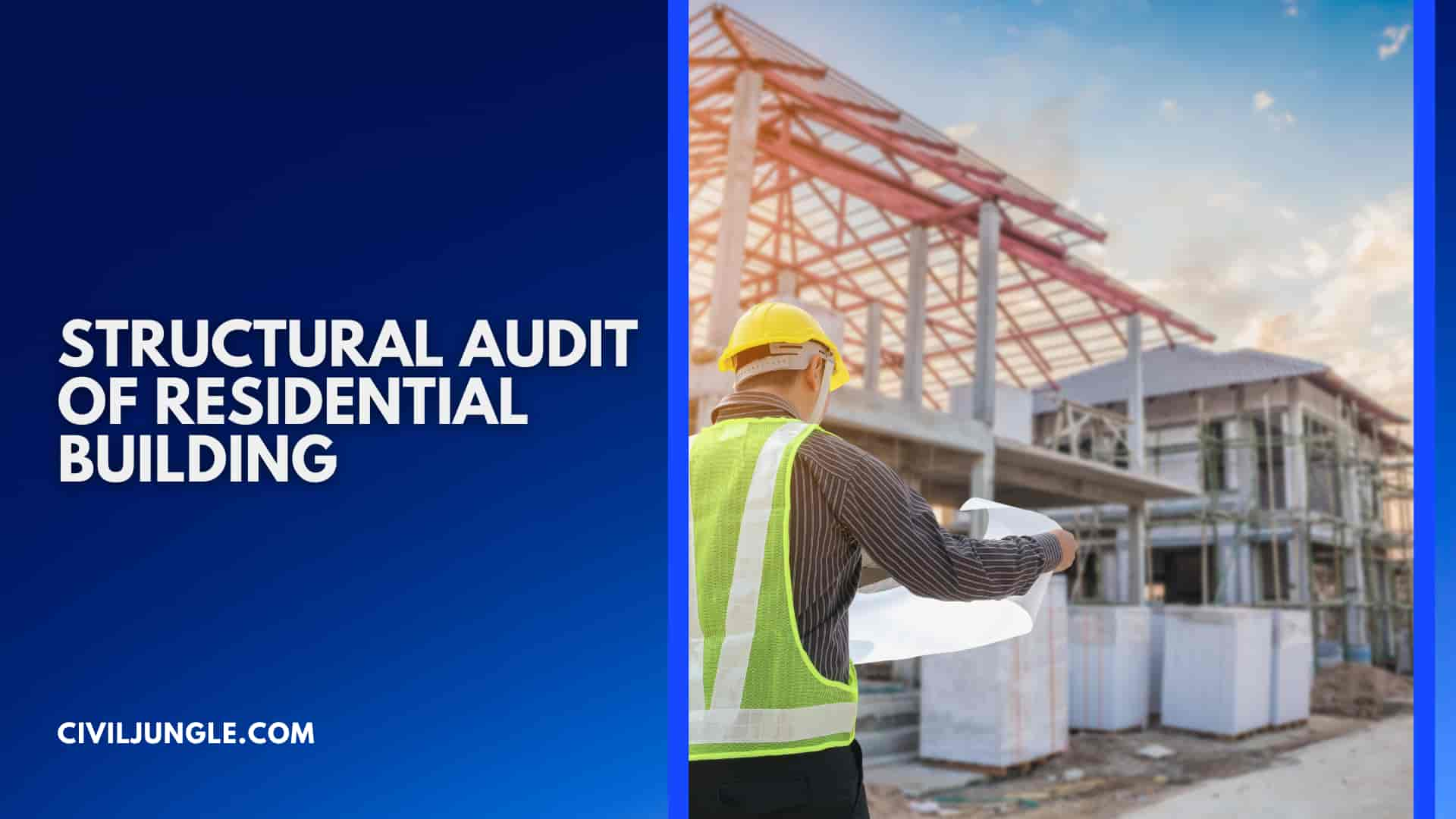
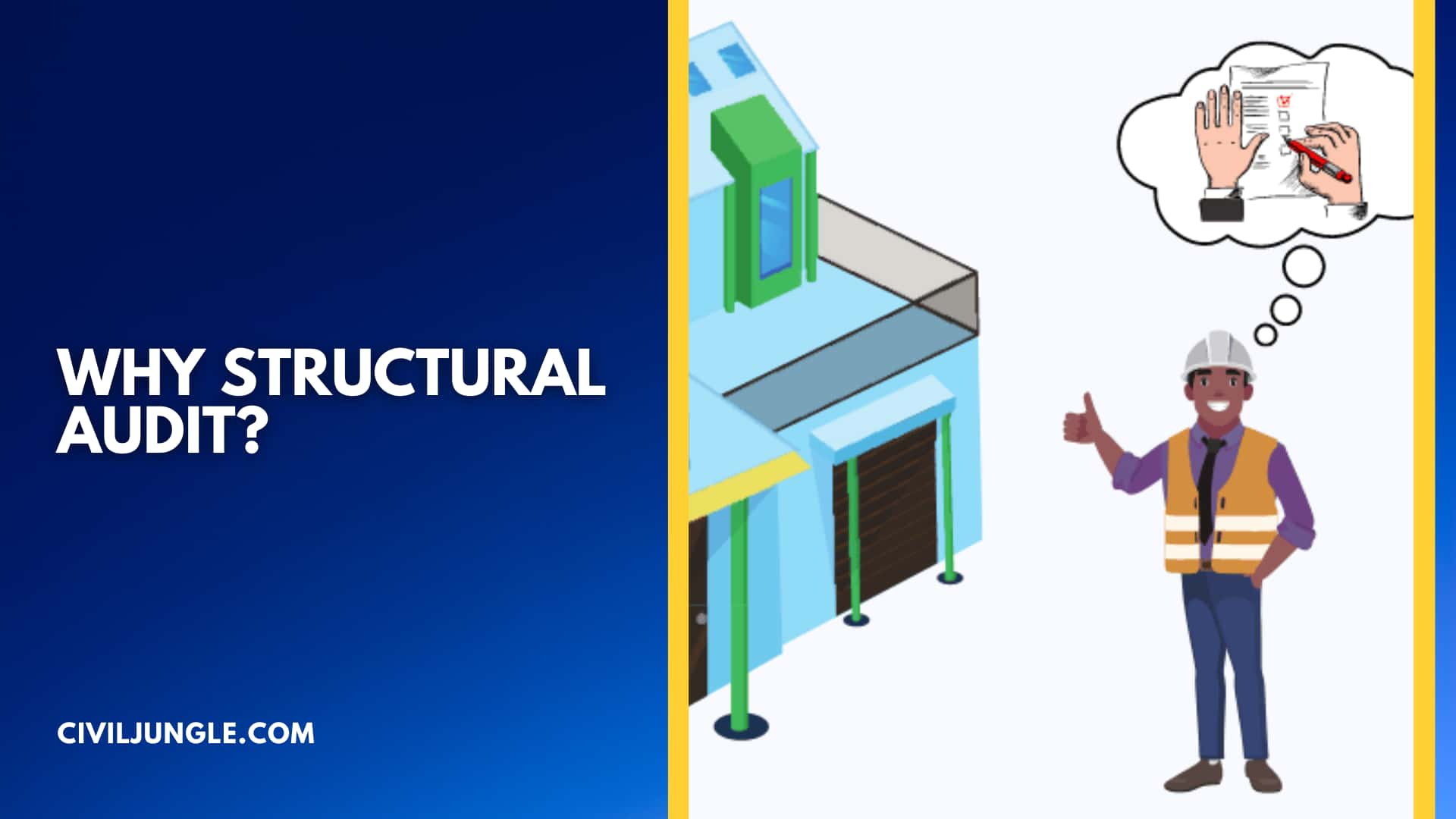
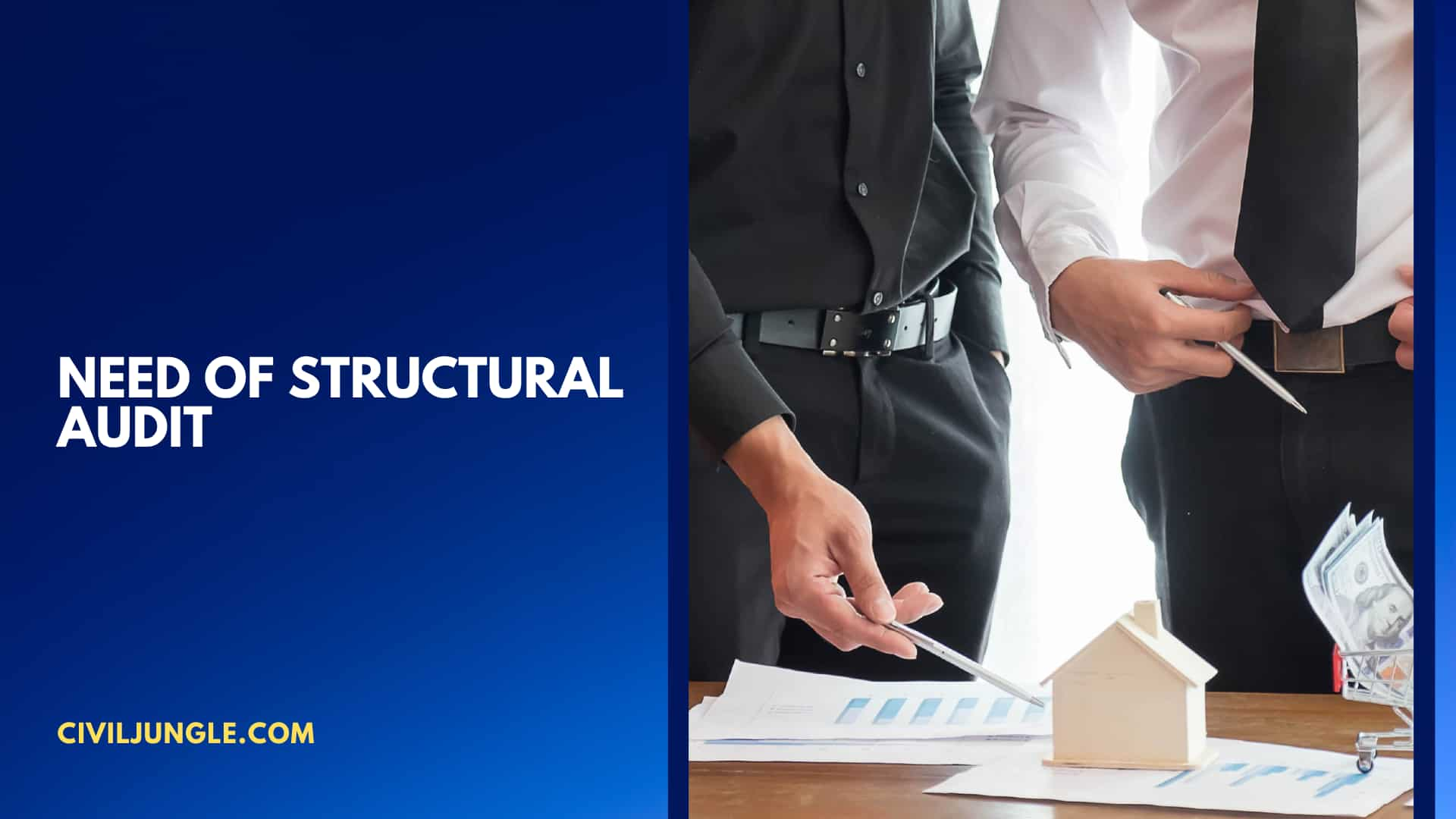
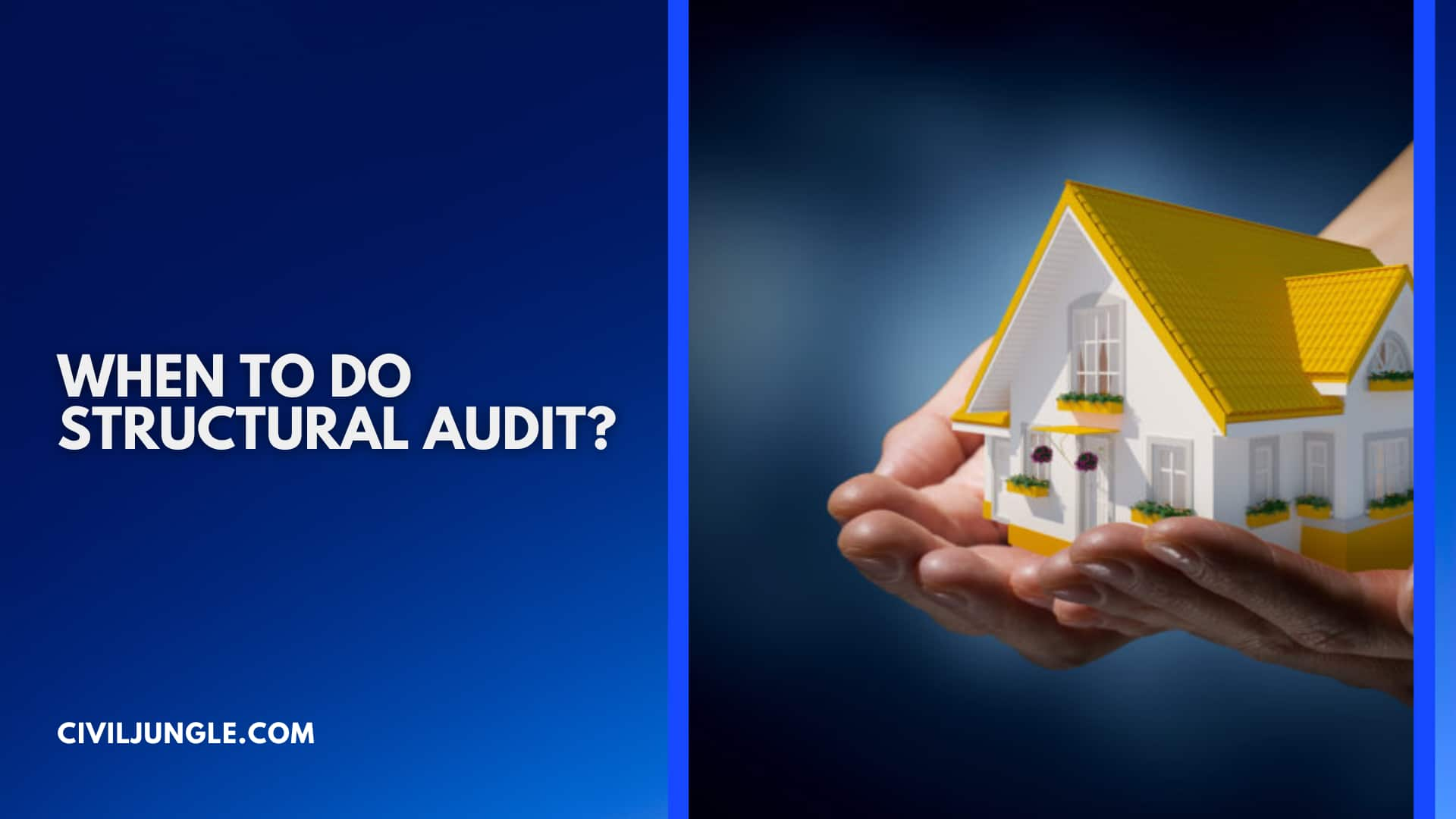

Leave a Reply